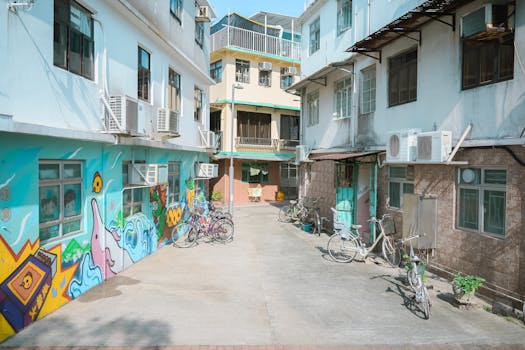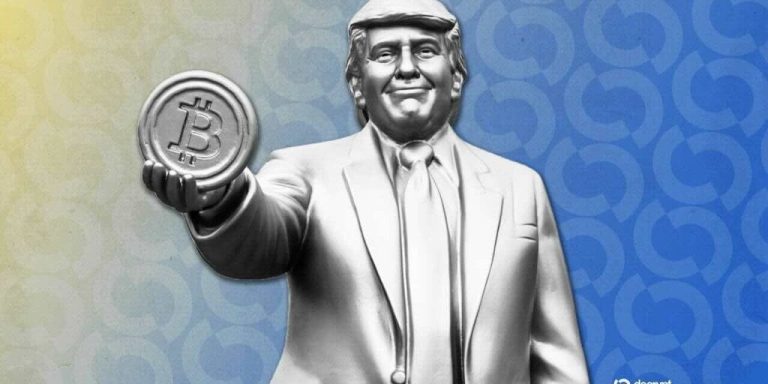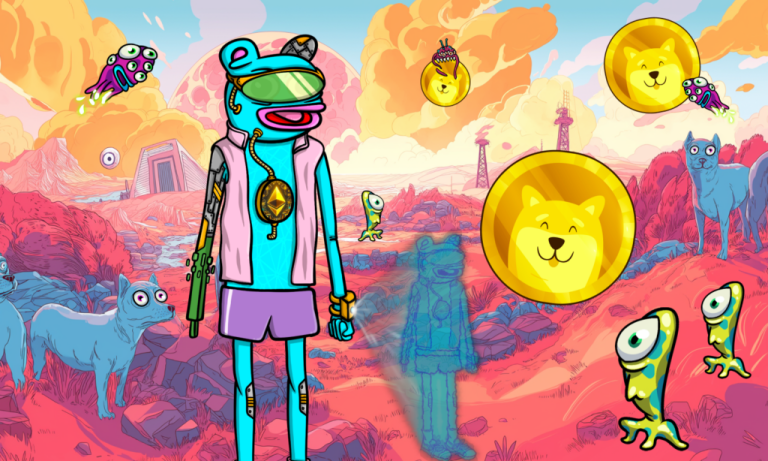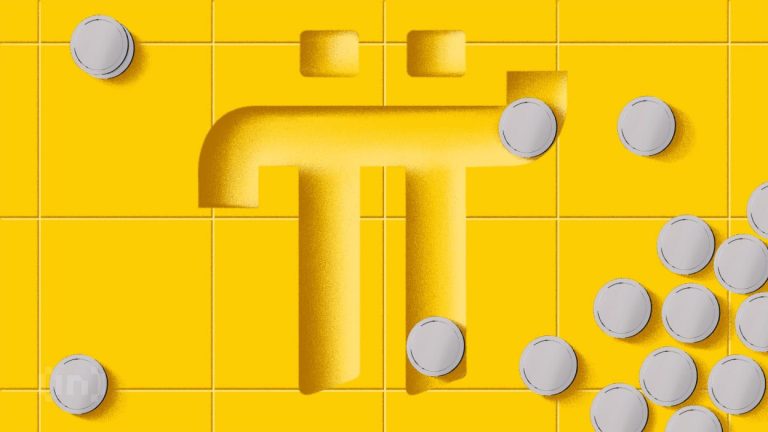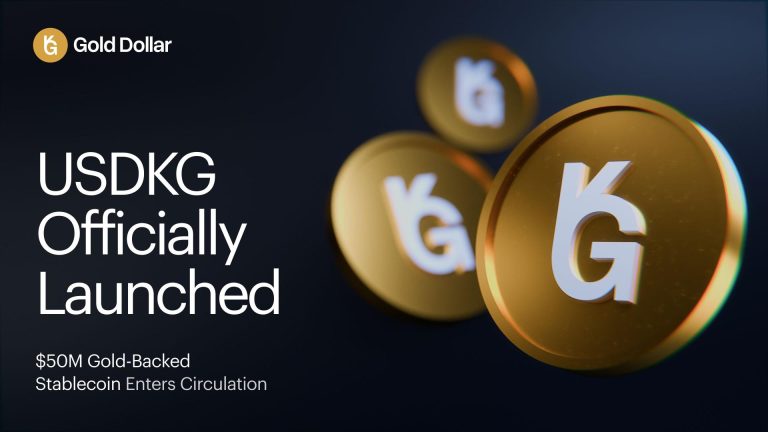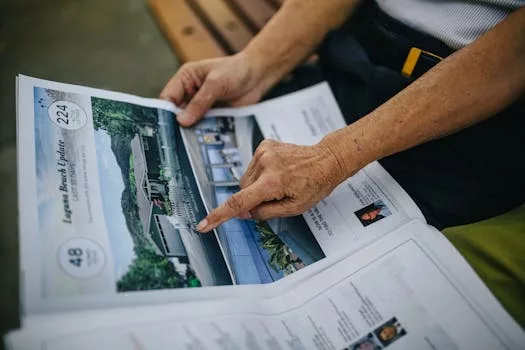
The Transformative Power of Public Art in Urban Development
Takeaways: Public art plays a vital role in urban development by enhancing community engagement, fostering cultural identity, and driving economic growth. It transforms public spaces, encourages social interaction, and serves as a catalyst for revitalization efforts in neighborhoods.
Public art is not just a decorative element in our cities; it is a vital component of urban development that can enhance the quality of life for residents and visitors alike. As cities worldwide face challenges such as population growth, economic disparities, and the need for sustainable development, public art emerges as a powerful tool to address these issues. This article explores the multifaceted role of public art in urban development, its benefits, and its potential to transform communities.
Understanding Public Art
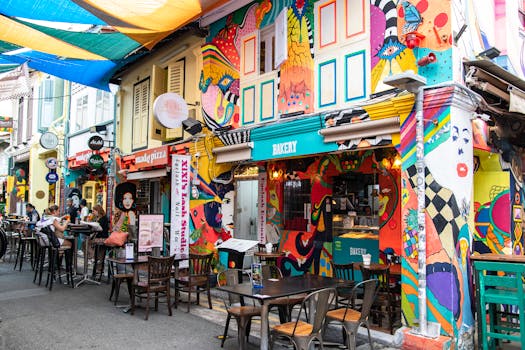
One of the key characteristics of public art is its accessibility. It invites participation and interaction, encouraging people to engage with their surroundings. This accessibility fosters a sense of belonging and ownership among community members, making public art a vital component in urban development strategies.
The Impact of Public Art on Community Engagement

For instance, community murals can tell the stories of local residents, celebrating cultural heritage and shared experiences. These projects not only beautify public spaces but also serve as a source of pride for the community. Additionally, public art can act as a platform for social change, addressing pressing issues such as inequality, environmental concerns, and cultural representation. By engaging with these topics, public art can inspire action and provoke thought within the community.
Fostering Cultural Identity Through Public Art
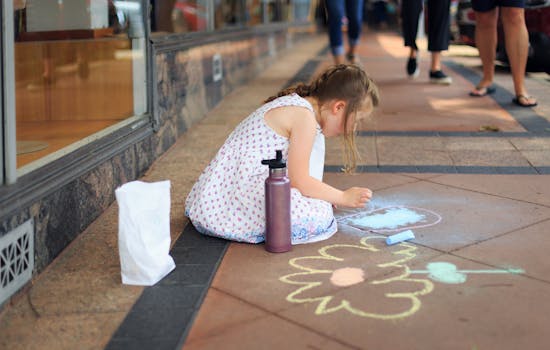
For example, festivals featuring public art can highlight the traditions and contributions of different cultural communities, promoting understanding and appreciation among residents. This expression of cultural identity not only enriches the urban landscape but also strengthens community bonds, encouraging respect and collaboration among diverse groups.
Economic Growth and Revitalization
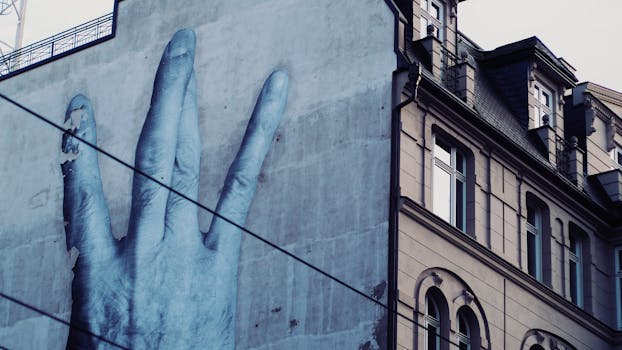
Furthermore, public art can be instrumental in revitalizing neglected or underdeveloped neighborhoods. By transforming vacant lots or rundown areas into vibrant public spaces, cities can encourage investment and development. This revitalization process not only enhances the aesthetic appeal of a neighborhood but also creates a sense of safety and community pride, which are crucial for sustainable urban development.
Conclusion
